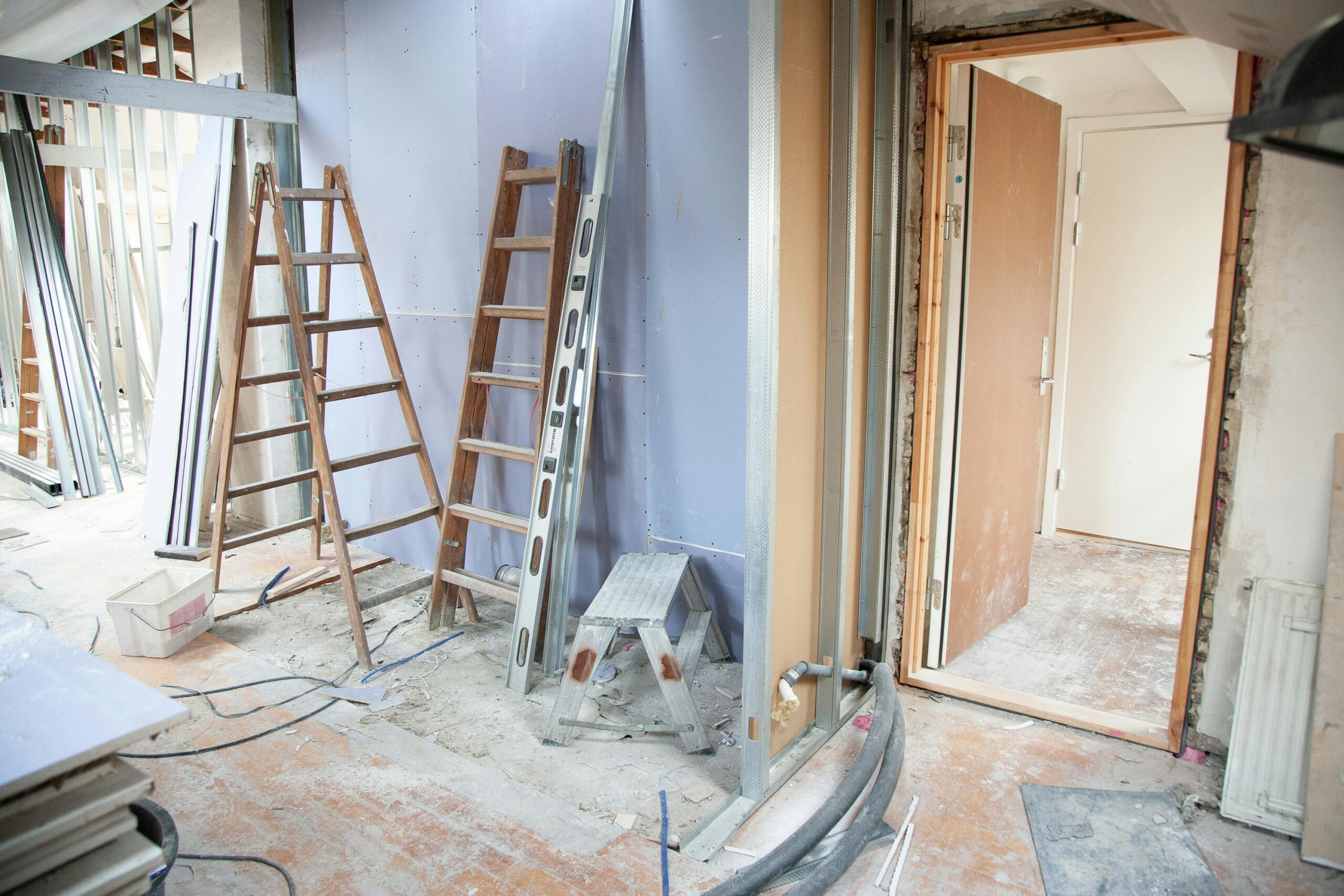Home renovations can transform your living space and increase your property’s value, but they’re also rife with potential pitfalls that can drain your wallet and test your patience. From underestimating costs to hiring the wrong contractors, these renovation mistakes can turn your dream project into a nightmare. This article examines the most common home improvement pitfalls and provides practical advice on how to avoid these remodeling errors, ensuring your next renovation goes smoothly while staying on budget and timeline.
Underestimating Costs and Time
Perhaps the most prevalent mistake homeowners make is significantly underestimating both the cost and time required for renovations. Many people base their budgets on television shows or online estimates that rarely reflect real-world conditions. The reality is that most renovation projects end up costing 15-20% more than initially projected and taking 25-50% longer to complete. This discrepancy occurs because unexpected issues inevitably arise once walls are opened or floors are removed.
To avoid this common renovation mistake, experts recommend adding a 20% buffer to both your budget and timeline. This contingency planning provides financial breathing room when surprise expenses emerge. Additionally, getting multiple detailed quotes from contractors rather than rough estimates will give you a more accurate picture of actual costs. Remember that the cheapest quote often leads to the most expensive final bill, as critically important details may be omitted to make the initial price attractive.
Failing to Obtain Proper Permits
Many homeowners attempt to save time and money by skipping building permits, which ranks among the most serious home improvement pitfalls. While it might seem like unnecessary bureaucracy, permits exist to ensure work meets safety codes and standards. Unpermitted work can lead to significant complications when selling your home, potential fines, or even being forced to remove completed work.
The solution is straightforward: research permit requirements before starting any project. Many jurisdictions have online resources detailing when permits are necessary. If you’re working with contractors, ensure they include permit acquisition in their scope of work and verify they’ve actually obtained them before beginning construction. The small investment in permits provides peace of mind and legal protection worth far more than the cost.
Hiring Contractors Without Proper Vetting
Selecting contractors based solely on price or availability often leads to disappointing results. Quality contractors typically have busy schedules, and those immediately available may lack experience or reputation. According to AskHomey, a platform connecting homeowners with reliable service professionals, more than 30% of renovation nightmares stem from inadequate contractor vetting.
To avoid this remodeling error, interview multiple contractors and check references from recent clients with similar projects. Verify licensing, insurance, and read online reviews across multiple platforms. Ask detailed questions about their process, timeline expectations, and how they handle inevitable complications. A quality contractor will welcome these questions and provide transparent answers that demonstrate their expertise and reliability.
Choosing Trendy Over Timeless
While social media and design shows showcase eye-catching trends, incorporating too many trendy elements into your renovation can quickly date your home. What’s fashionable today may look dated within just a few years, potentially reducing your home’s appeal and value.
A better approach balances current design preferences with timeless elements. For major renovations, keep permanent fixtures (like bathtubs, sinks, and tile) in classic styles and neutral colors, while expressing trendier tastes through easily changeable elements like paint colors, lighting fixtures, or cabinet hardware. This project management tip allows for refreshing your space without requiring another major renovation when trends inevitably change.
Neglecting to Plan for Disruption
Many homeowners underestimate how disruptive renovations will be to daily life. Kitchen renovations mean limited cooking options, bathroom renovations restrict access to essential facilities, and most renovations create dust that permeates throughout the home. Without proper planning, this disruption can lead to significant stress and rushed decisions.
Create a detailed plan for how you’ll function during the renovation. For kitchen projects, set up a temporary kitchen elsewhere with essential appliances. For bathroom renovations, ensure access to alternative facilities. Consider whether you need temporary accommodations during certain phases. Setting realistic expectations about living conditions during renovation helps prevent frustration and improves decision-making throughout the process.
Changing Plans Mid-Project
One of the costliest renovation mistakes is making significant changes after work has begun. Each change order typically incurs fees, extends timelines, and may require undoing completed work. These mid-project modifications often result from inadequate planning or visualization before construction begins.
To avoid this pitfall, invest time in detailed planning before any work commences. Use design software, create mood boards, or work with a designer to visualize the final result. Request material samples to ensure colors and textures match your expectations. If you’re struggling to commit to design choices, consulting with a professional designer, even for a few hours, can save thousands in avoided change orders.
For more tips and to connect with reliable home service professionals, follow AskHomey on Facebook and Instagram.



